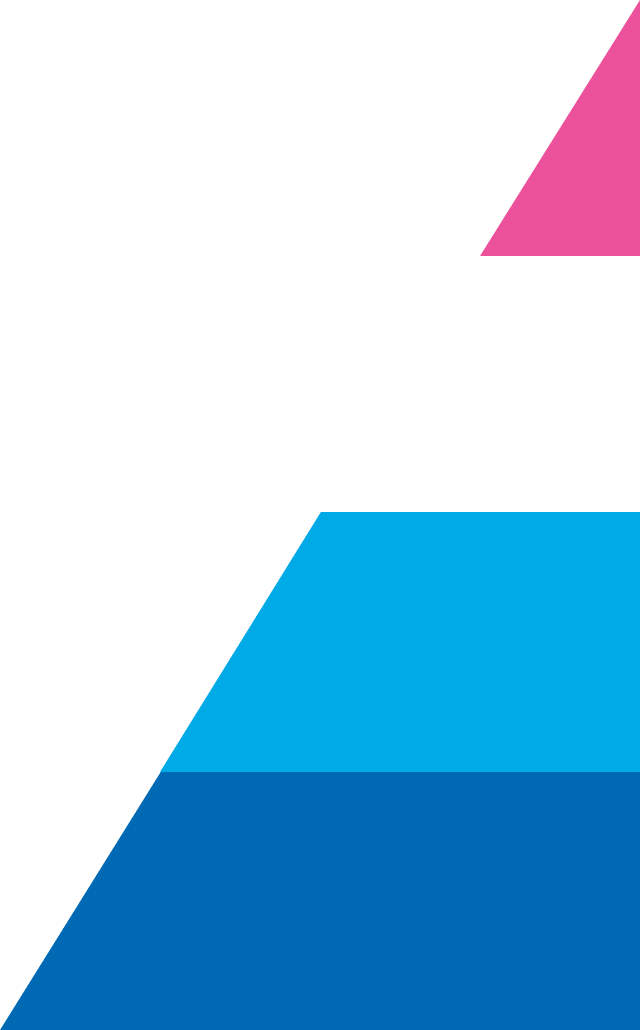Nordic Skiing
About
Adaptive Nordic skiing is a sport that uses specialized equipment to allow people with physical or visual impairments to participate in cross-country skiing. Adaptive Nordic skiing requires very few accommodations and can be easily implemented into an existing Nordic program.
Nordic style is a very different experience from alpine skiing. While Nordic form emphasizes endurance, aerobic fitness and exploration of nature on relatively flat terrain or undulating hills, Alpine skiing emphasizes speed, adrenaline and vertical decent on steeper slopes.
Equipment
Click here for Nordic Skiing adaptive equipment options!
Competition
Adaptive standing skiers and visually impaired skiers can train and race the same as their teammates without disabilities. Sit skiers should follow the same design and concepts as standing skiers’ training sessions. A few points to consider when integrating sit skiers in a Nordic program:
- Make sure athletes who use wheelchairs can access the groomed trail. This may mean asking for the trail to be groomed all the way to the trailhead or creating a path wide enough for a wheelchair to get to the trail.
- Terrain should be easy to begin with. A trail appropriate for beginner standing skiers is appropriate for most sit skiers.
- Keep the hills they climb to a maximum of an 8-10% gradient. Start them on small hills until they gain skills and confidence.
- Have sit skiers ski with a standing skier/coach when on steeper climbs in the case that sit skiers start to slide backwards.
- Avoid high speed down hills with technical features and trails with side hills.
We recommend each State High School Coaches Association to come up with their own guidelines for the integration of adaptive skiers into high school programs, since every state has their own unique point system and State qualifying standards. We encourage each State to create a integrated system that includes the following three concepts:
- Open all high school Nordic programs and races to adaptive athletes.
- Create criteria for earning a high school letter in the sport.
- Create criteria for qualifying for regional and state meets.
Learn More
Nordic ski training concepts, skills, and training sessions designed for adaptive athletes are identical to training for able bodied skiers. Just like any beginner skier, adaptive athletes may need to adjust the trails they ski on, staying away from any steep hills or technical corners.
When exploring new trails, it is recommended that another skier accompany a sit skier to make sure the terrain is appropriate. One can assist a sit skier up a hill by pushing from behind, but keep in mind you must also feel comfortable helping them get down the hill on the other side.
Start your new skiers in an open space and allow them to practice their climbing, descending, and cornering in a safe area. As with any skier, falling is a part of the learning process and important one, too.
Do what you can to ensure this learning process is done in a “safe area” (i.e. there are no cliffs to fall off of or big trees that are in direct line with where they might be likely to fall). These skiers, like all others, will learn their limits and continually raise their level of expertise.
Many adaptive athletes have injuries that inhibit their bodies’ ability to regulate temperature. Be sure to take extra care that the athlete is wearing the appropriate clothing and does not have exposed skin. Encourage fellow skiers to keep an eye out for one another, letting a teammate know if they have an area of skin that becomes exposed during their workout.
Find a Program Near You
Ready to try out Nordic Skiing? Click here to find a program near you!




